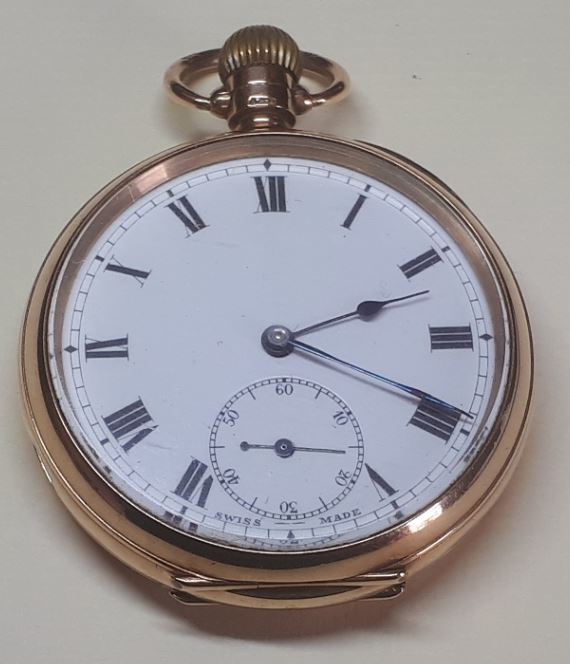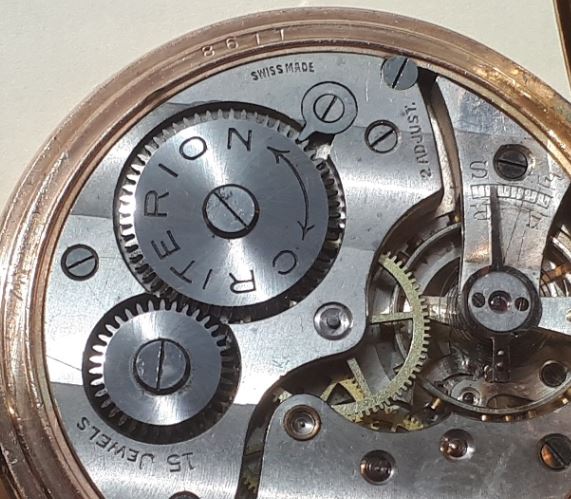Last updated on May 20, 2024
Anyone with a keen interest in antique watches will know that when it comes to horology, the Swiss are synonymous with high-end top-quality timepieces. Even today, Swiss watches are admired the world over and represent the country’s fourth-largest export. In this post, we take a brief look at the history of watchmaking in Switzerland.
Earliest watches
A watch is a portable timepiece that is intended to be carried by a person. It’s a lightweight, portable piece of equipment that evolved from the spring-powered clocks of the 15th century. The earliest watches appeared in the 16th century. Originally, they would have been worn on a pendant or chain around the neck. The earliest wristwatches appeared in the 16th century, but these were considered ornamental and almost exclusively worn by women. In the 17th century, the first pocket watches appeared and these were designed, as the name suggests, to be carried in a pocket.
Switzerland
Switzerland not only has a long history of watchmaking, but it also has a reputation for remaining neutral during times of conflict. During the Reformation in continental Europe during the 16th century, many people were forced to flee their homelands. Included amongst these refugees were French Huguenot watchmakers who fled the violence in their home country and settled in Switzerland, where society and industry remained relatively stable. Most of them moved to the city of Geneva. This sudden influx of skilled watchmakers from France transformed the Swiss watchmaking industry.
Additionally, Switzerland was not totally free of the effects of the Reformation. John Calvin, a religious reformer, was well known for both his controversial views and austere standards of living. Apparently, Calvin issued an edict that banned citizens from wearing jewellery. Obviously, the goldsmiths faced financial ruin with no way of plying their trade. However, watches were the only item of jewellery still permitted to be worn, so the goldsmiths decided to turn their attention to the art of watchmaking for which there was a steadily increasing demand.
Swiss watch industry
The Swiss goldsmiths, in partnership with the French Huguenot watchmakers, reinvented the watchmaking process. Together they were able to combine aesthetics and precision. This was the birth of the world-renowned Swiss watchmaking industry. The austere rules were finally relaxed in Geneva in the late 16th century. Before the change in the rules, watchmaking in Switzerland had a reputation for being refined, skilled, and high-quality. When the laws were relaxed, watch designs became even more elaborate and luxurious.
The Swiss watchmakers grew, refined, and developed the watchmaking industry in ways that were fundamentally different from their counterparties elsewhere in Europe. Unlike English watchmakers, the Swiss watchmakers developed a decentralized approach to watchmaking. Additionally, they embraced mass production processes. This made the Swiss watchmakers more agile, quicker and fostered a sense of enhanced creativity within the industry.
Établissage system
Daniel Jeanrichard, (1665 – 1741) was an innovative goldsmith, who was the first to apply the division of labour to the watchmaking industry in the early 1700s. Prior to this point, almost all watchmaking was done in-house with a watchmaker creating the entire timepiece.
The division of labour meant that the manufacture of individual components could be outsourced to individuals operating out of their own homes. It was an additional source of income for these workers and they could work indoors during the evenings and the long winter months. Each of these outworkers would specialise in specific components, creating them with consistent quality and high speed. The completed components would be collected and taken to a central point, where the watchmaker would assemble them into a completed watch. This system was known in French as établissage.
The watchmaker was known as the établisseur (watchmaker). The établisseurs who assembled the components were ultimately responsible for producing the final product. Using the établissage system, the Swiss produced excellent watches at a faster pace than their European counterparties. The établissage system allowed the Swiss watchmakers to dominate the European watchmaking industry in terms of volume. For example, in 1850, Switzerland produced more than 2 million watches. In comparison, Britain produced a mere 200 thousand. In the late 19th century the words “Swiss Made” began appearing on watch movements and dials.
Competition
In the mid-19th century, the increasing dominance of American-made pocket watches threatened the Swiss manufacturers. The Americans produced reliable timepieces in high volumes due to their mechanised production system. The Swiss tried to regain their market share between 1860 and 1880 by flooding the American market with cheap watches. However, American consumers quickly began to consider the cheap Swiss watches to be of poor quality. All this did was damage the reputation of the once-revered Swiss Made brand.
Resurgence
In order to overcome the American dominance, the Swiss were forced to change their tactics and focus on producing high-quality, rather than high-volume timepieces. To achieve this the Swiss watchmakers adopted an American style of production and moved their parts assembly in-house. In this way, they were able to combine their watchmaking heritage with modern mass-production processes. As a result, they were able to improve the watch quality without sacrificing speed and volume in the manufacturing process.
The focus on quality, rather than quantity in the early 20th century re-established the reputation of the Swiss watchmaking industry. Obviously, that industry and reputation continues to this day after surviving the quartz crisis of the 1970s. However, I am going to halt my history in the early 20th century as I am only interested in antique watches.
Related content
In addition to the history of watchmaking in Switzerland, see also the history of English watchmaking.
A list of additional posts regarding antique watches can be found on the Guides page.



Thanks for the post. I wasn’t aware of the Swiss watch making history. I assumed they were always considered to be the best watchmakers, not just watch manufacturers interested in volume. The actual Swiss Made brand is something that is relatively recent and almost forced upon them. Lots of interesting articles about antique watches, keep up the good work.